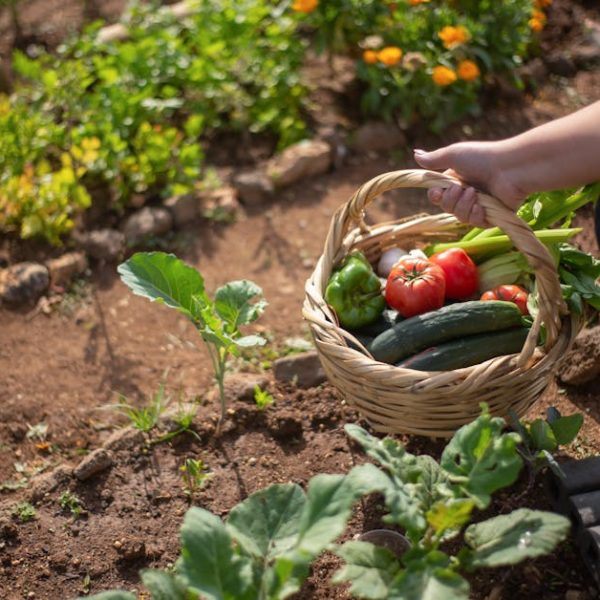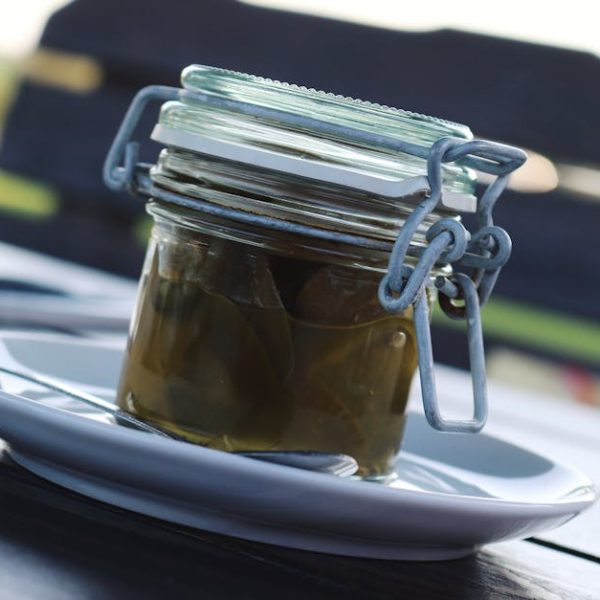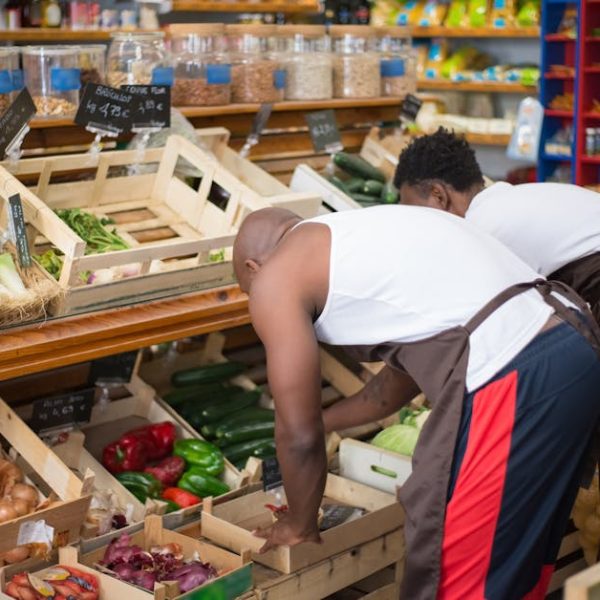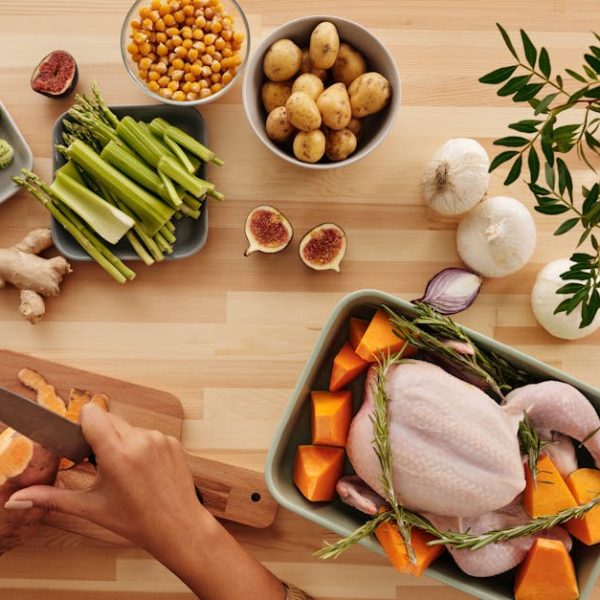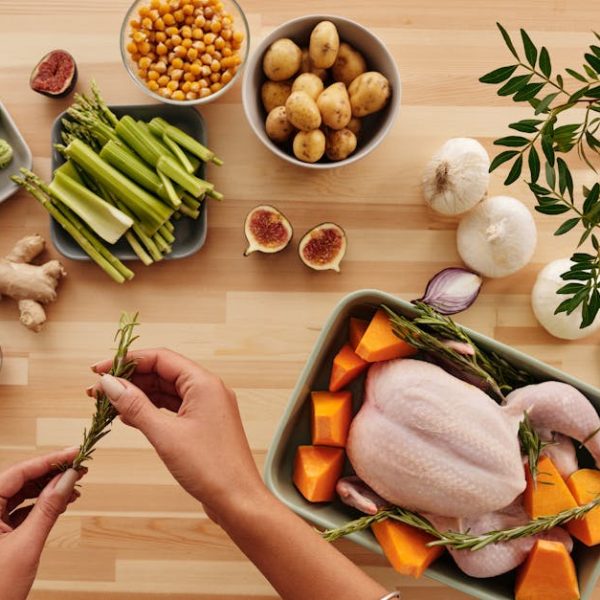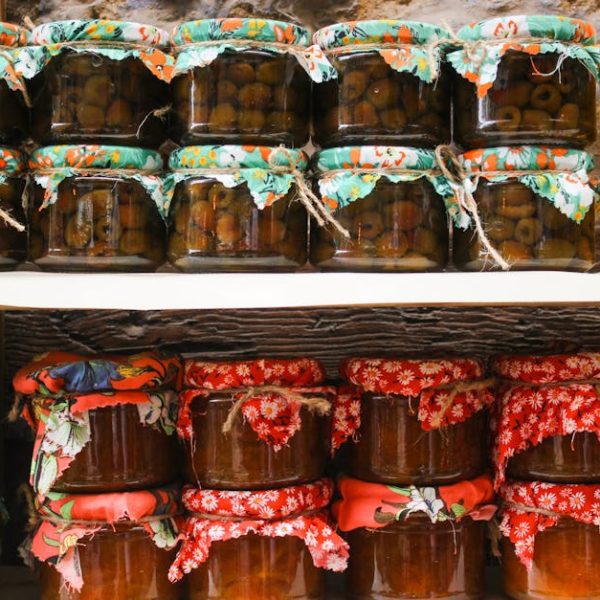Pickling is a storied method of food preservation that goes back thousands of years. It primarily involves submerging vegetables – cucumbers being a popular choice – in vinegar, fermented brine, or a similar solution to extend their shelf life and infuse them with potent, tangy flavors.
Pickled cucumbers are not only outrageously delicious—they’re packed with nutrients. By pickling cucumbers, you preserve vital vitamins and minerals, enriching your diet with essential nutrients. More than this, the process can elevate the humble cucumber to a whole new level of taste and complexity, turning them into the perfect zesty snack or savory condiment.
A simple pickling endeavor requires pickling cucumbers, which are more compact and less watery than regular cucumbers, and some basic ingredients and tools. Here’s a brief checklist to get you started:
- Pickling cucumbers
- Vinegar (white, apple cider, or rice vinegar work great)
- Water
- Salt (pickling or kosher salt is recommended)
- Sugar
- Dill and other spices like garlic, mustard seeds, and peppercorn
- Mason jars with lids
Pro Tip: Always pick firm, fresh cucumbers. They yield the crunchiest pickles— this is crucial for the best pickling experience.
Brief Overview of Different Pickling Methods
There are two primary methods to pickle cucumbers: fermented pickles (lactic acid fermentation) and vinegar pickles (quick pickles). Both techniques result in flavorful pickles, but the flavor profiles, processes, and time involved are different.
Fermented pickles involve submerging cucumbers in a salty brine that fosters beneficial bacteria, which in turn converts sugar into lactic acid—a natural preservative. On the other hand, vinegar pickles involve a quick process wherein cucumbers are soaked in a vinegar-based solution and refrigerated.
Classic Refrigerator Pickles Recipe
Embrace the art of pickling with this simple recipe for refrigerator pickles. This method is also known as quick pickling because it’s a speedy way of infusing cucumbers with a tangy kick.
These pickles are incredibly crisp, with a satisfying crunch that only heightens the enjoyment. The secret is all in the ingredients and the process. For best results,
- Use non-reactive cookware – this means avoiding containers and bowls made from metal as they can interfere with the pickling process.
- Always ensure your jars are clean and cool before use.
- Allow your pickles to marinade in the refrigerator for a minimum of 48 hours before eating. This allows the flavors to fully develop.
Enhancing Your Pickles: Flavor Variations on the Classic Recipe
The beauty of pickling lies in its versatility. By merely introducing new spices and ingredients, you can significantly alter the taste of your pickles, giving you a wide palette to work with.
Adding different herbs and spices like mustard seeds, peppercorns, or cloves introduces different layers of complexity to your pickles. Garlic, dill, and even substituting sugar with honey can also create variations in the flavor profile of your pickles.
Fermented Pickles: An Age-Old Tradition in a Modern Kitchen
In contrast to vinegar pickles, fermented pickles require more time and patience, but they offer robust flavors and a unique taste profile that’s worth the wait.
For a successful pickling experience,
Pro Tip: Always keep vegetables submerged in the brine during fermentation. This prevents mold and harmful bacteria from spoiling your pickles.
Other best practices involve using unchlorinated water, storing your jar in a cool, dark place, and waiting a minimum of one week before indulging in your home-made fermented pickles.
Comparison of Fermented and Vinegar Pickles
Fermented pickles and vinegar, or quick pickles, each come with their unique set of pros and cons. Here is a comparison table for ease of reference:
| Fermented pickles | Vinegar pickles | |
|---|---|---|
| Pros | * Rich, complex flavors * Full of probiotics and good for digestion * Can place them in the pantry and they will continue to ferment and develop flavors |
* Quick and easy to make * Immediately tangy and sweet * A wide variety of flavors depending on the vinegar and spices used |
| Cons | * Need to wait for cucumbers to ferment * Requires careful monitoring during fermentation * Less acidic and salty to taste |
* Less nutritional benefits * Shorter shelf life * Flavors don’t develop as richly over time as compared to fermented pickles |
In essence, it boils down to personal preference and patience. If you’re a fan of tangy, instantly-flavorful pickles and short on time, quick pickles are your best bet. But if you’re in favor of a deep, complex taste profile and don’t mind a longer wait, fermented pickles are worth every second of the process.
Classic Refrigerator Pickles Recipe – A Quick Guide
Here are the steps to make your fridge pickles:
1. Thoroughly clean a quart-sized jar
2. Pack the jar full of sliced cucumbers and fresh dill
3. Bring a mixture of vinegar, water, salt, and sugar to a boil
4. Pour the hot liquid over the cucumbers
5. Let the jar cool at room temperature
6. Secure the jar lid tightly and refrigerate for at least 48 hours
Pro Tip: Using non-iodized salt prevents the liquid from clouding and the pickles from darkening.
Enhancing Your Pickles: Flavor Variations on the Classic Recipe
By simply tweaking the classic recipe, you can easily create a wide array of flavor profiles. Here are some flavor ideas:
* Spicy Dill: Add some red pepper flakes or a couple of fresh jalapenos for a spicy kick.
* Bread and Butter Pickles: Make sweet, tangy pickles by adding extra sugar and a blend of mustard seeds, turmeric, and celery seeds.
* Garlic Pickles: Add several cloves of garlic and black peppercorns with the dill for a more savory flavor.
Fermented Pickles: An Age-Old Tradition in a Modern Kitchen
Here’s the list of the ingredients and the step by step process to make fermented pickles:
Ingredients:
- Fresh cucumbers
- Unchlorinated water
- Pickling salt or kosher salt
- Dill and other spices, such as peppercorns, garlic, and chili pepper
Step by step process:
1. Clean and prepare the jar for fermentation
2. Place the spices at the bottom of the jar
3. Pack cucumbers tightly into the jar, leaving proper headroom
4. Prepare a brine from water and salt, then pour it over the cucumbers
5. Use a weight to keep all the cucumbers submerged under the brine
6. Cover, store the jar in a cool and dark place
7. Wait patiently for at least one week before cracking open that jar. Enjoy!
Pro Tip: Keep an eye on the jar during the fermentation process. If you notice any scum, remove it promptly to ensure your pickles stay fresh and safe to eat.
So there you have it—a comprehensive guide to pickling cucumbers at home. Now it’s your turn to transform those fresh cucumbers into crunchy, flavorful pickles. Have fun and enjoy the fantastic results!
Key Takeaway:
- Pickling is an age-old method of food preservation that enhances the taste of cucumbers and preserves vital vitamins and minerals.
- You can pickle cucumbers using fermented or vinegar methods. Each has its unique pros and cons. It’s all about personal preference and patience.
- Making refrigerator pickles is quick, easy, and allows for a variety of flavor variations. Using non-reactive cookware, clean and cool jars, and non-iodized salt ensures the best results.
- Fermented pickles require more time and attention but offer robust flavors and unique taste profiles. Remember to use unchlorinated water, store jars in a cool, dark place, and wait at least one week before eating.
Pickling cucumbers at home is not just a means to preserve your cucumbers for longer, but it is also an inventive way to enjoy this versatile vegetable in a new, exciting manner. As you gain experience, tweak your ingredients, and experiment with different methods, you’ll discover the immense joy of creating your own unique, flavorful pickles. So why wait? Start your pickling journey today!
FAQs
Q: Is all sugar necessary for pickling cucumbers?
A: Not necessarily, while sugar adds sweetness to the pickles and balances the acidity, you can adjust the amount according to your personal preference or even leave it out entirely.
Q: Can I pickle other vegetables using these methods?
A: Yes, you certainly can. Many vegetables like carrots, onions, peppers, and beetroot can also be pickled, though the pickling time might vary.
Q: What is the shelf life of homemade pickles?
A: Properly jarred and stored, homemade vinegar pickles can last up to two months in the refrigerator. Fermented pickles, if stored properly, can stay good for several months to a year.
Q: Can I use regular cucumbers instead of pickling cucumbers?
A: Yes, but pickling cucumbers are better suited for pickling as they have thicker skin and less water content, resulting in crunchier pickles.
Q: What if my pickles turn out too sour or too sweet?
A: The balance of flavors in pickles largely depends on the amount of vinegar and sugar used. If they’re too sour, add a bit of sugar to balance, and conversely, if they’re too sweet, add a touch more vinegar to the mixture.
Enjoyed the article? Please share it with your friends and explore more of our home-cooking advice and insights on our website.

